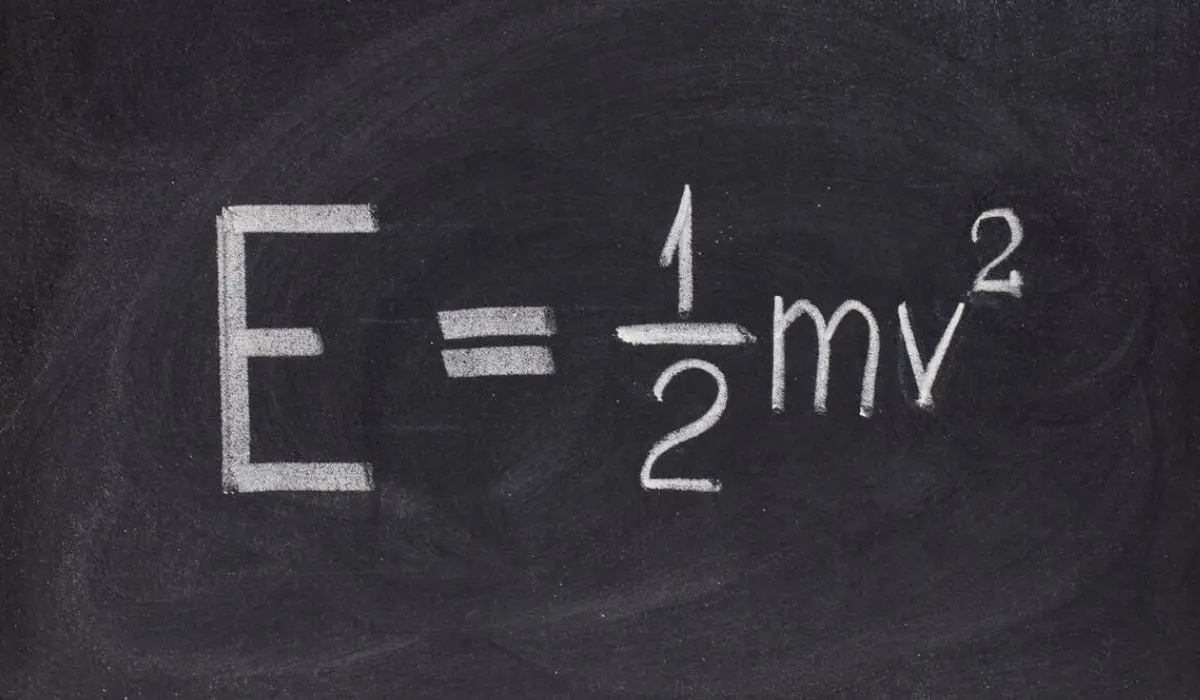Technology
Kinetic Energy And Transportation: Speeding Toward The Future From Motion To Momentum

Kinetic energy, something that moves, plays a huge role in transportation. This concept is special because it changes work into motion. It’s changed the way we travel, allowing us to move faster.
This energy makes it possible for vehicles to move. Planes, trains, and other modes of transport rely on kinetic energy. We use technologies like regenerative braking and hybrid propulsion systems to make vehicles more eco-friendly, reducing our need for fossil fuels.
Kinetic energy has many uses. Electric scooters, freight trains, electric cars, and self-charging bikes are just a few of the things it powers. Renewable energy sources help with the integration of kinetic energy into transportation.
The History Of Kinetic Energy In Transportation
Steam-powered locomotives and steamboats made travel quicker than ever. Then internal combustion engines powered automobiles and planes. Alternative sources of kinetic energy, such as electric motors and solar power, made transportation greener.

Electric vehicles use regenerative braking systems. This tech lets vehicles turn kinetic energy into electrical energy to recharge batteries. Engineers are working on ways to capture and convert the motion of vehicles into usable energy.
In 2018, a Dutch cyclist set a speed record using human kinetic energy – reaching 89 mph (143 km/h) on a recumbent bicycle!
Kinetic energy is pushing us towards progress and innovation. We keep seeking more efficient and sustainable ways to travel – and kinetic energy will remain at the heart of our journey into a brighter future.
Advancements in kinetic energy technology and their impact on transportation
Kinetic energy tech has revolutionized transport, paving the way for a greener future. It boosts fuel efficiency and sparks innovative modes of travel.
Regenerative braking systems capture energy during deceleration, reducing reliance on fuel and lowering emissions. Electric trains use these systems to recharge their batteries while braking, while hybrid cars use KERS to convert wasted heat into energy.
Piezoelectric materials in smart roads convert vibrations from moving vehicles into electricity, cutting reliance on electrical grids.
To capitalize, policymakers should invest in research and development, and incentivize implementation of kinetic energy tech with tax breaks and subsidies.
Awareness campaigns can promote its benefits and encourage greener transport. This will drive meaningful change and accelerate the transition to a sustainable transport ecosystem.
Challenges And Limitations Of Using kinetic energy in Transportation
Kinetic energy in transport brings challenges and limitations to overcome. To tap its potential, we must overcome these:
Unique opportunities come with kinetic energy too. Nanotech could enable better storage solutions. Research can tackle limitations and open up applications.
For success, governments, research institutions, and private sectors must collaborate to speed up tech and guarantee affordability and sustainability.
Future Prospects And Possibilities Of Kinetic Energy In Transportation
The future of kinetic energy in transportation is brimming with potential and promise. The world searches for sustainable solutions and kinetic energy stands out as a pivotal player in transforming the way we move. With tech progress and innovation, harnessing kinetic energy can lead to more efficient and eco-friendly means of transport.
Electric vehicles already utilize regenerative braking systems that capture and store kinetic energy produced during deceleration. This stored energy powers the vehicle, decreasing the need for traditional fuel sources and cutting down on carbon emissions.
Kinetic roadways are an exciting prospect. Think of roads embedded with smart materials that generate energy when vehicles pass over them. This could turn road networks into self-sustaining power generators, contributing to a greener future.
Kinetic energy might also power public transportation systems. Trains, trams, and buses with regenerative braking systems not only conserve energy but also provide excess power to the electrical grid. This opens doors for a more interconnected and efficient public transport infrastructure.
Kinetic energy has economic benefits too. By reducing dependence on fossil fuels and implementing renewable energy into transportation systems, countries can reduce costly imports and create job opportunities in renewable energy sectors.
To maximize kinetic energy’s impact on transportation, policymakers should invest in research and development to drive technological advances. Additionally, collaborations between industries will help accelerate adoption and ensure sustainable solutions are integrated into our infrastructure.
Conclusion
Kinetic energy is gaining momentum as the future of transportation. Its ability to convert motion into usable power increases efficiency, reduces emissions, and boosts sustainability. It can be harvested from various sources, like regenerative braking and wind energy. This opens up new avenues for alternate modes of transport, such as electric bikes and hybrid vehicles.
On a larger scale, kinetic roadways are being developed to generate electricity from passing vehicles. With its endless source of power, current transportation systems can be transformed into eco-friendly networks.
Stanford University recently made a remarkable breakthrough by developing a prototype device that can harvest electricity from human motion. This could lead to wearable devices that generate their own power through body movements.
